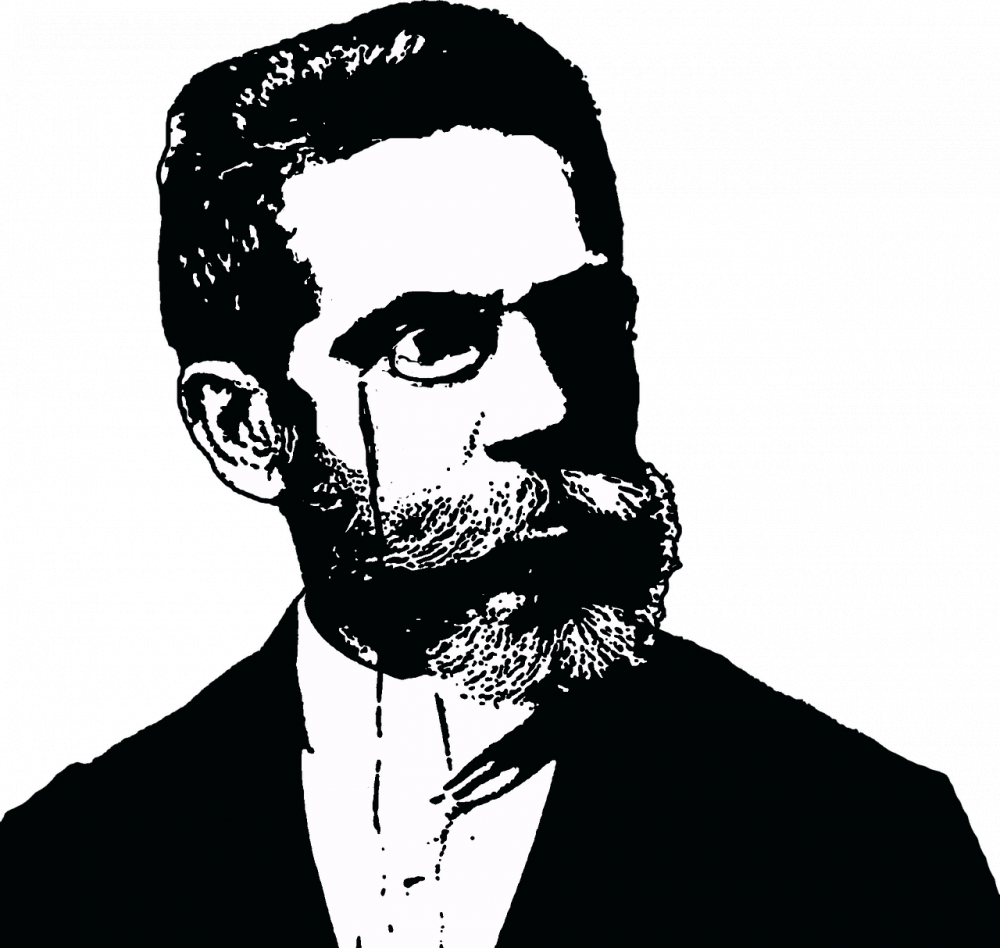Edgar Allan Poe: The Master of Mystery and Darkness

Introduction:
Edgar Allan Poe, considered a literary genius and one of the pioneers of the horror genre, remains an enigmatic figure in the realm of literature. With his captivating and macabre tales, Poe has left an indelible mark on the world of art and storytelling. In this article, we will delve into the life, works, and enduring legacy of Edgar Allan Poe, providing essential information for those interested in delving into the mysterious world of his imagination.
1. Early Life and Influences:

Edgar Allan Poe was born on January 19, 1809, in Boston, Massachusetts. However, his life was marred by tragedy from a young age. After the death of his parents, Poe was taken in by John and Frances Allan, wealthy tobacco merchants from Richmond, Virginia. Despite his privileged upbringing, Poe’s relationship with his foster parents was strained, and financial difficulties plagued his adult life.
2. Literary Career and Major Works:
Poe’s literary journey began with poetry. In 1827, he published his first collection, “Tamerlane and Other Poems.” It was followed by “Al Aaraaf, Tamerlane, and Minor Poems” (1829) and “Poems” (1831). However, it was with his short stories that Poe truly made his mark. Iconic tales like “The Fall of the House of Usher,” “The Tell-Tale Heart,” and “The Murders in the Rue Morgue” showcased his mastery of creating atmospheric suspense and psychological terror.
3. Poe’s Themes and Writing Style:
Poe explored various themes in his works, such as death, madness, love, and the supernatural. His writing style was characterized by intricate wordplay, vivid imagery, and a distinctive use of symbolism. The dark and haunting atmosphere he created in his stories, often set against bleak and desolate landscapes, contributed to his reputation as a master of the macabre.
4. Historical Development and Impact:
Poe’s works were initially met with mixed reviews and struggled to gain popularity during his lifetime. However, his posthumously published collection, “The Raven and Other Poems” (1845), brought him significant recognition and success. The eerie and lyrical poem “The Raven” became one of his most famous works and solidified his place in literary history.
Over time, Poe’s influence grew, and his unique writing style inspired countless authors, such as H.P. Lovecraft and Sir Arthur Conan Doyle. His contributions to the detective genre were particularly remarkable, with his character C. Auguste Dupin serving as a precursor to famous detectives like Sherlock Holmes.
5. The Mysterious Death of Edgar Allan Poe:
As mysterious as his stories, Poe’s untimely death in 1849 has continued to intrigue scholars and fans alike. Found delirious on the streets of Baltimore, he was taken to a hospital where he slipped into a coma and died. The exact cause of his death remains a subject of speculation, with theories ranging from alcoholism and substance abuse to rabies and cooping (a form of electoral fraud).
6. Legacy and Cultural Significance:
Despite his premature death at the age of 40, Edgar Allan Poe’s influence on literature and popular culture is immeasurable. His works have inspired countless adaptations in film, theater, and music. The brooding and tortured antiheroes he created continue to resonate with audiences, ensuring his enduring legacy.
Poe’s impact on the horror genre is particularly significant. His ability to tap into the deepest fears of humanity and craft compelling narratives established the foundation for modern horror storytelling. His exploration of the human psyche and the dark recesses of the mind set the stage for a multitude of psychological thrillers that followed.
Conclusion:
Edgar Allan Poe’s unique blend of darkness and beauty, madness and creativity, has left an indelible mark on the literary world. Through his mesmerizing tales and haunting poetry, he transported readers into the realms of the supernatural, the macabre, and the unexplored corners of the human psyche. His work continues to inspire and captivate audiences, solidifying his status as a literary genius. Edgar Allan Poe’s legacy will forever endure, adding a touch of mystery and darkness to the world of art and storytelling.





